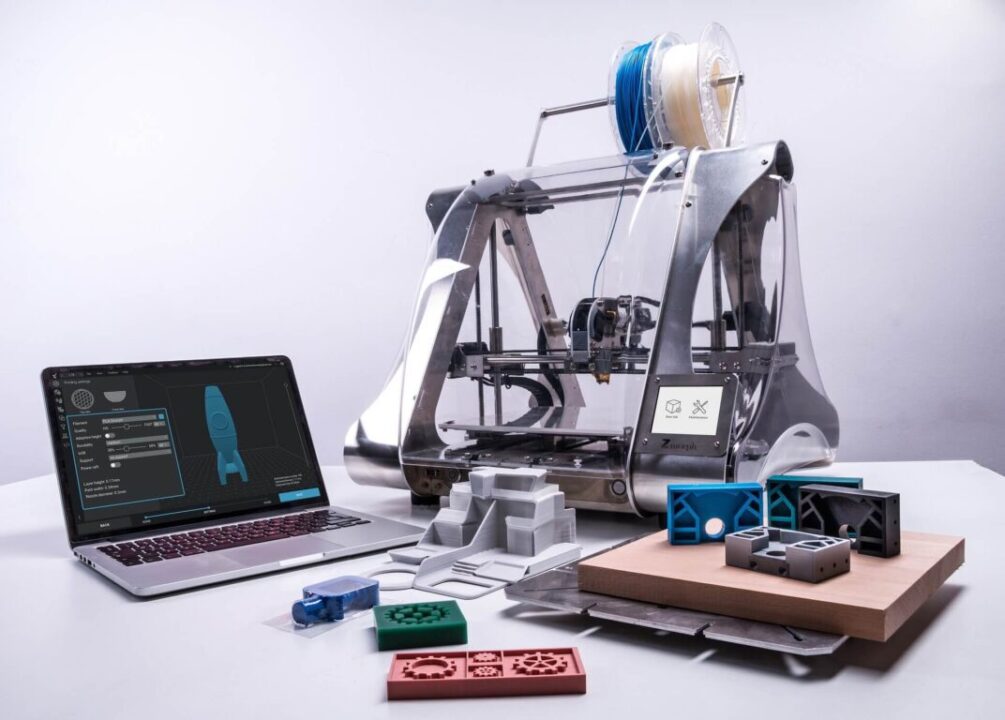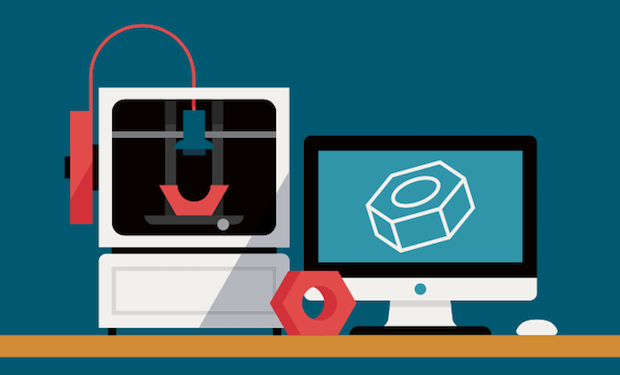
HOW 3D PRINTING HELPED PORSCHE TAKE A LEAP AHEAD IN THEIR PISTON DESIGNIn recent times the regulations on emissions of automobiles have been increasing day by day. In order to reduce pollution the automakers did various changes in exhaust and engine to reduce pollution, which had a side effect of reduced power output too. But the automakerscould not compensate for the power loss since they could not do much to redesign their engine components to increase the power output and compensate since they had tried everypossible thing to optimise the performance over years using the resources available. At that point one would think IC engines have almost reached saturation point. But 3D printing proved the notion wrong by helping Porsche manufacture a piston which would not be possible to manufacture by machining or casting
In IC engine’s piston design the biggest challenges are cooling and weight reduction. Though engineers could think of a design with better cooling channels it was not possible to manufacture them by traditional methods. So the engineers at Porsche turned towards additive manufacturing. By additive manufacturing, they were able to achieve weight reduction by using a partially hollow piston block, unlike a solid piston block in the case of traditional manufacturing. And they also designed intricate channels for oil circulation within the piston which gave optimum cooling by better oil circulation, and it was not possible to make a cooling channel inside the piston using standard machining. And the result was performance improvement by 30 PS (For reference, Maruthi 800 engine makes 35 PS power, and Porsche added 30 PS over its existing power)
The 3D printing method used for manufacturing the piston was LASER METAL FUSION. In the Laser fusion method, Laser beams are used to melt RAW material in powdered form layer by layer and solidify taking the shape of the product. To print this Porsche took the helpof 2 german companies Mahle and Trumph which work with 3D printing. The Aluminium powder for the printing was developed by Mahle. To verify the part dimensions and quality Zeius was the corporate partner. The design of the piston was optimized using AI-based design software. The engineer’s did topological optimization of piston design using AI optimization. The result was removal of unnecessary material from low load bearing areas, making the piston lighter. The reduction in weight and better oil cooling gave upto 10% performance boost, since even a minute improvement can make a lot of difference in critical components like piston. Thus Porsche achieved something which seemed impossible without 3D printing.After all this progress the question we should get is, Just like how few companies started designing and developing softwares before the internet got widespread usage back in the 2000’s will designing products suitable for 3D printing now will bear fruit beyond imagination once 3D printing gets cheaper, faster and improvises in the next few years?




